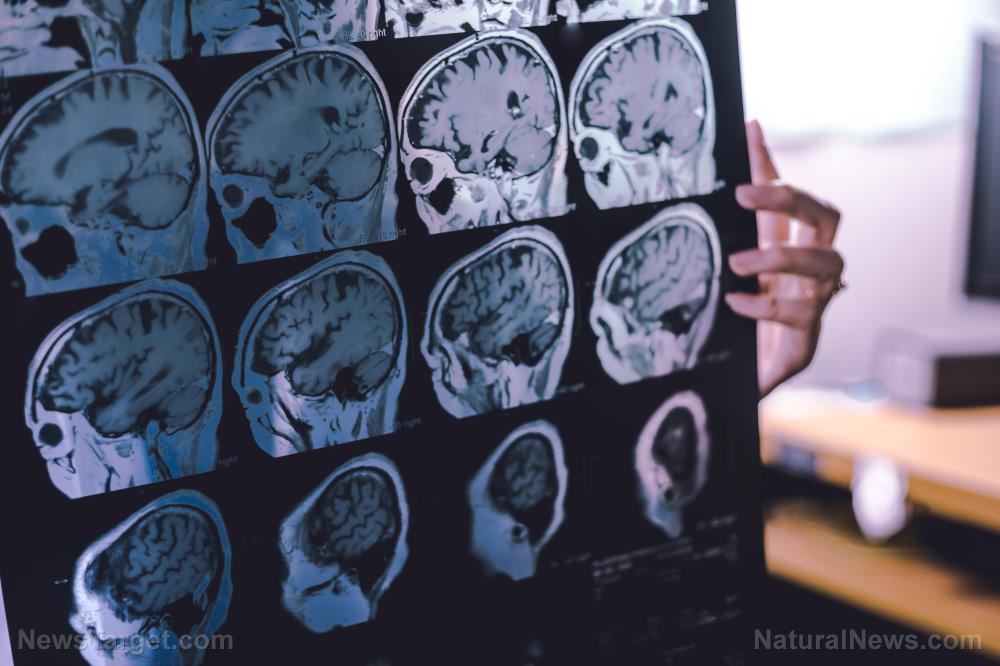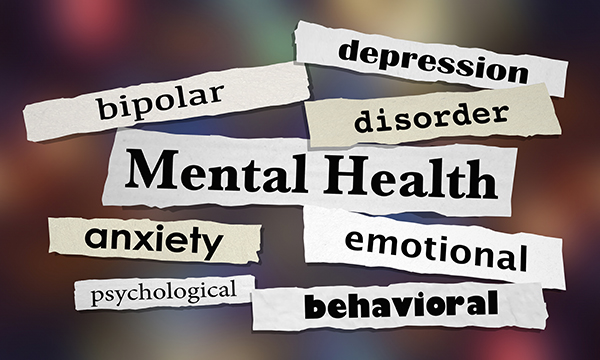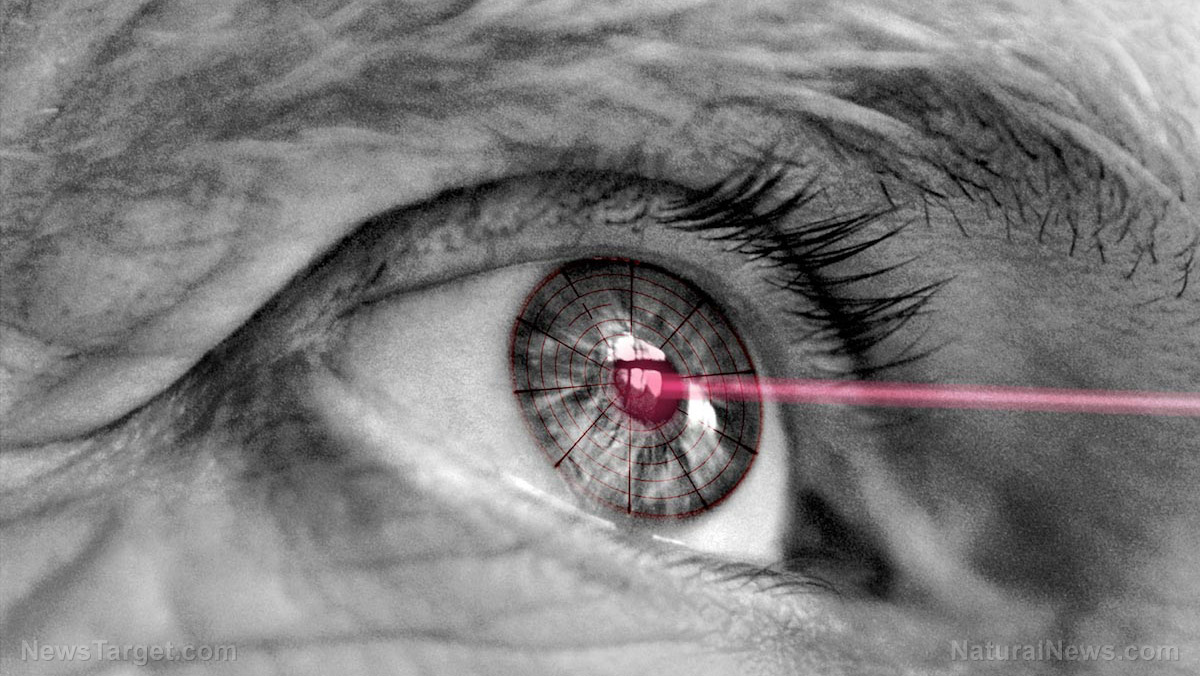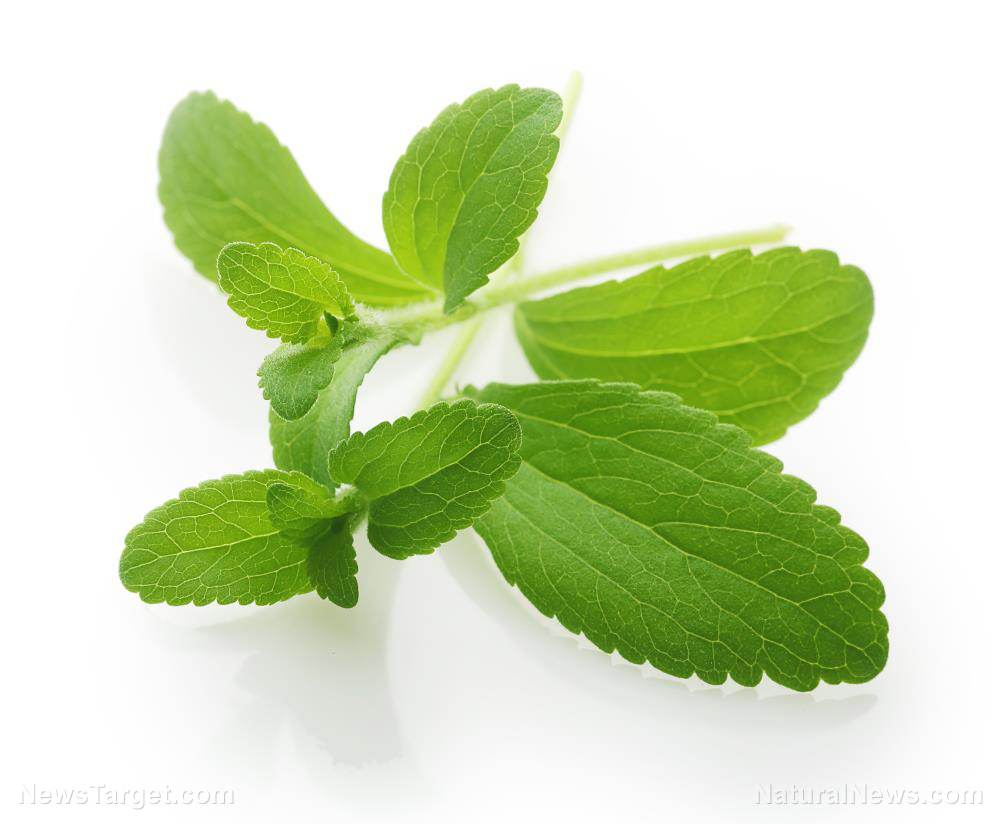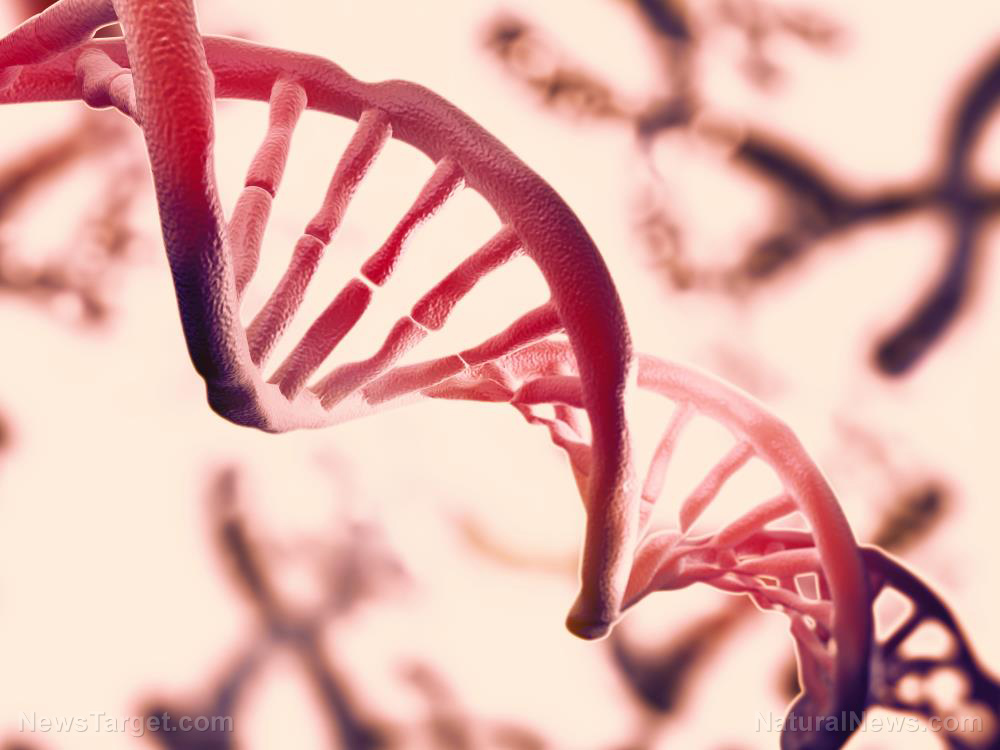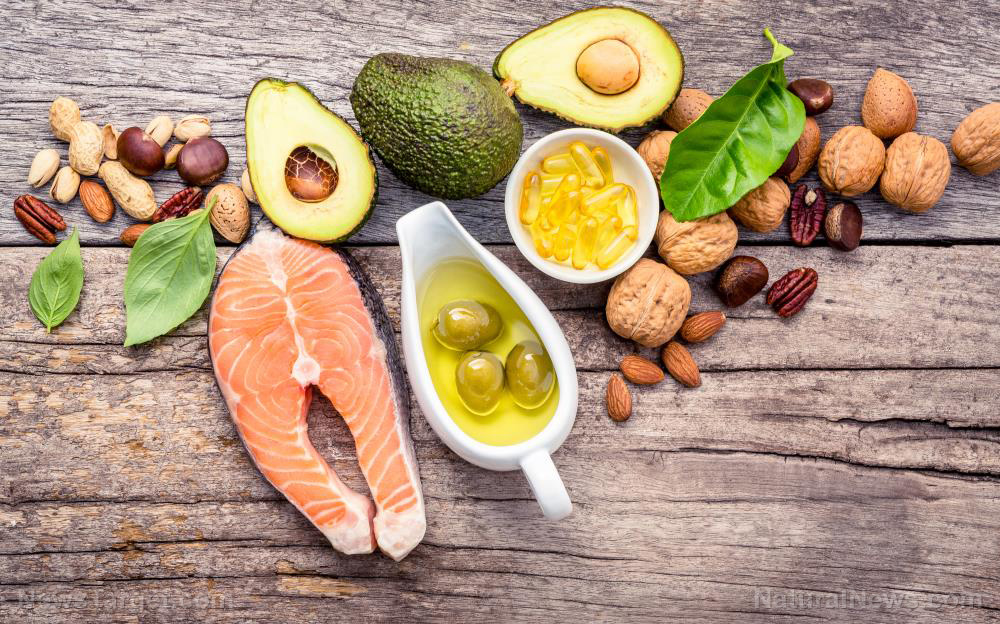BPA-free food labels hide dangerous truth as replacements kill cells and disrupt DNA repair
08/28/2025 / By Cassie B.
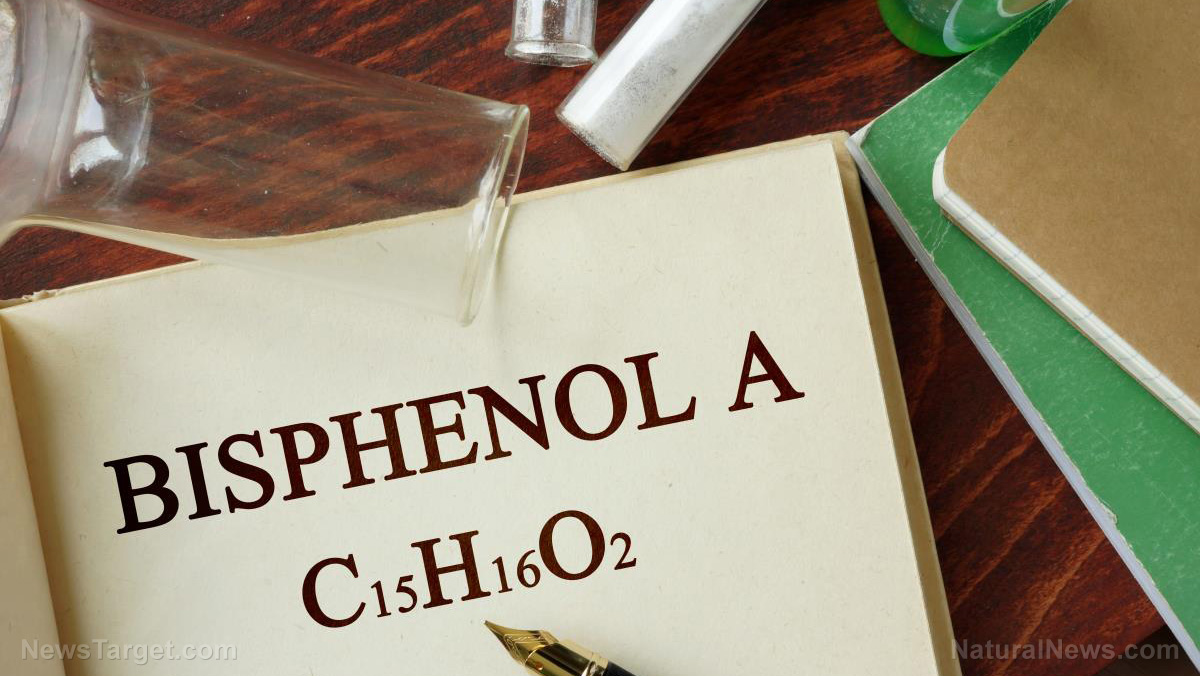
- The “BPA-free” labels on food packaging are misleading and potentially more dangerous than BPA itself.
- Chemicals from price stickers and packaging migrate into food, causing severe cellular damage and gene disruption.
- BPA replacements like TGSA and BPS were introduced with minimal testing and are now under investigation for toxicity.
- Regulatory agencies failed to enforce rigorous safety standards before allowing these chemicals into the food supply.
- Consumers can reduce exposure by removing labels immediately, avoiding receipts, and using glass storage containers.
You’ve been lied to. Those “BPA-free” labels on your food packaging aren’t the safety seal you thought they were. In fact, the chemicals replacing BPA might be even worse. A shocking new study from McGill University reveals that some of these so-called “safer” alternatives are leaching into food, killing human cells, and wreaking havoc on DNA repair, yet regulators allowed them into the market with almost no testing.
If you’ve ever peeled a price sticker off a package of meat, cheese, or produce, you may have unknowingly exposed yourself to hormone-disrupting chemicals that are now under investigation for causing severe cellular damage. The worst part? These toxins were introduced as improvements over BPA—only to turn out as potential time bombs in our food supply.
The price tag you never knew was poisoning you
The problem started in 2023 when McGill food science professor Stéphane Bayen made a disturbing discovery: chemicals from those seemingly harmless price stickers were migrating through plastic wrap and contaminating food. That’s right—the barcode label on your steak or salmon isn’t just ink and adhesive; it’s a delivery system for synthetic compounds that can alter your body at the molecular level.
Bayen’s team tested four common BPA replacements—TGSA, D-8, PF-201, and bisphenol S (BPS)—all widely used in receipts, food packaging, and those sticky little price tags you peel off at the checkout. What they found should make every consumer furious.
When exposed to human ovarian cells, TGSA killed 75% of cells at high concentrations while triggering abnormal fat accumulation in survivors—a red flag for metabolic dysfunction. But the damage didn’t stop there. Gene analysis revealed that TGSA altered 2,414 genes, while D-8 disrupted 2,563 genes, many of which control DNA repair, cell growth, and replication.
As study co-author Bernard Robaire warned: “These are major cellular functions. Disrupting them doesn’t prove harm in humans, but it gives us a strong signal that these chemicals should be further investigated.”
How “BPA-free” became a toxic bait-and-switch
Here’s the infuriating truth: BPA was at least studied before restrictions were imposed. Its replacements? Not so much.
“‘BPA-free’ is an incredibly misleading label,” Robaire said. “It usually means one bisphenol has been swapped for another, and there are more than 200 of them. Some may be just as harmful, or even worse.”
This is regulatory malpractice at its finest. Instead of demanding rigorous safety testing before these chemicals flooded the market, agencies like Health Canada and the FDA allowed them to be used in food packaging with minimal oversight. Now, only after years of exposure, are these substances finally being investigated, but the damage may already be done.
Health Canada has since added all four chemicals to its watchlist, but that’s cold comfort for consumers who’ve been unknowingly ingesting them for years. The question is: How many other “safe” alternatives are quietly poisoning us while regulators drag their feet?
What you can do to protect yourself right now
While bureaucrats play catch-up, you don’t have to wait for government protection. Here’s how to minimize your exposure immediately:
- Strip labels and plastic wrap ASAP. The moment you get home, remove all stickers and plastic packaging from meat, produce, and dairy. The longer they stay on, the more chemicals migrate into your food.
- Shop from the top of the pile. Pressure from stacked items pushes chemicals deeper into packaging. Grab products from the top of display piles to reduce contamination.
- Avoid handling receipts. Thermal paper receipts are loaded with these toxins. Don’t let kids play with them, and never store them near food.
- Transfer food to glass containers. Plastic wrap and packaging continue leaching chemicals over time. Glass is the safest storage option.
The McGill study is a damning indictment of the “innocent until proven guilty” approach to chemical regulation. We can’t afford to keep playing toxic roulette with our food, our hormones, and our DNA.
Sources for this article include:
Submit a correction >>
Tagged Under:
BPA, cells, chemicals, DNA, food, food packaging, hormones, Plastic, poison, toxic chemicals, toxins
This article may contain statements that reflect the opinion of the author




